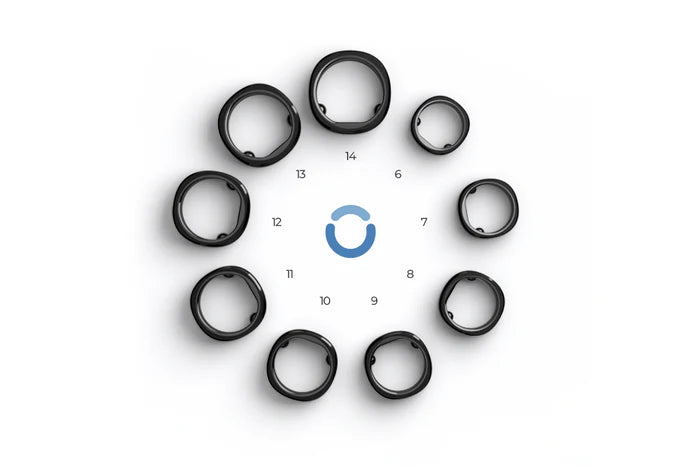- Introduzione ai cicli del sonno umano
- Raccomandazioni per gli utenti
Introduzione ai cicli del sonno umano
I cicli di sonno umani sono principalmente divisi in due fasi: sonno non rapido per il movimento degli occhi (NREM) e il sonno rapido del movimento degli occhi (REM). L'alternanza tra NREM e REM Sleep costituisce un ciclo di sonno completo, ciascuno della durata di circa 90-120 minuti.

Gli adulti in genere sperimentano da 4 a 6 di questi cicli ogni notte. Questi cicli non sono identici, con l'aumentare della durata del sonno REM e la durata del sonno NREM diminuisce in quest'ultimo ciclo.
L'interazione tra questi due stati del sonno è cruciale per il ripristino fisico e cognitivo, garantendo il sonno di alta qualità e il benessere generale. Comprendere queste fasi e le loro caratteristiche può aiutare a migliorare la qualità del sonno.

Sonno rapido per gli occhi (REM)
REM Sleep, strettamente associato al sogno, segue il sonno NREM. Le sue caratteristiche includono rapidi movimenti oculari, contrazioni muscolari, aumento della frequenza cardiaca, pressione sanguigna elevata e respirazione accelerata. Questa fase, nota anche come sonno paradossale, presenta onde cerebrali che sono quasi attive come quando sono svegli. La maggior parte dei sogni si verificano durante il sonno REM e il 95% delle persone riferisce di sognare se risvegliati durante questa fase.
Durante il sonno REM, l'attività cerebrale è elevata, rendendo più probabile che si verifichino sogni e consolidamento della memoria. Al contrario, aumentano la frequenza cardiaca e la velocità di respirazione e la regolazione della temperatura corporea diminuisce.
Sonno NREM (Nrem) non rapido (NREM)
Il sonno NREM è essenziale per la riparazione fisica e il metabolismo. Questa fase del sonno inizia senza movimenti oculari, ridotta tensione muscolare, respirazione costante e frequenza cardiaca, pressione sanguigna ridotta e metabolismo più lento. Sulla base di diverse attività dell'onda cerebrale, il sonno NREM è suddiviso in tre fasi, con il terzo stadio (N3) il più profondo e noto anche come sonno a onda lenta.
Durante il sonno NREM, attività fisiologiche come la frequenza cardiaca, la frequenza respiratoria e la temperatura corporea diminuiscono, mentre l'attività cerebrale rallenta, permettendo ai muscoli di rilassarsi e ringiovanire.

Raccomandazioni per gli utenti
- Punta a 6-8 ore di sonno per garantire la salute del sonno, che equivale a 4-5 cicli di sonno.
- In alternativa, riposare in multipli di cicli di sonno: 1,5 ore, 3 ore, 4,5 ore, 6 ore o 8 ore.
- Non c'è tempo universalmente migliore per svegliarsi; Tutte le fasi del sonno sono importanti. Tuttavia, il risveglio durante le fasi N1 o N2 ha in genere un impatto inferiore. Queste fasi sono fasi del sonno più leggere, rendendo più facile svegliarsi senza sentirsi eccessivamente stanchi o disorientati.
Al contrario, il risveglio durante le fasi N3 o REM può portare a estrema affaticamento e disorientamento, colpendo la memoria e l'umore. Se risvegliati durante il sonno profondo, possono verificarsi sintomi come vertigini, palpitazioni e irritabilità. Il sonno profondo è fondamentale per il riposo cerebrale, l'eliminazione della fatica, la stabilità emotiva, l'equilibrio dell'umore e il ripristino dell'energia. Generalmente, più a lungo è il sonno profondo, migliore è la qualità del sonno. Tuttavia, proporzioni costantemente elevate di sonno profondo possono indicare problemi di salute sottostanti, giustificando una consulenza medica professionale.
Comprendendo e monitorando le fasi del sonno con RingConn Anello intelligente, puoi ottimizzare la qualità del sonno e la salute generale.



Commenta
Questo sito è protetto da hCaptcha e applica le Norme sulla privacy e i Termini di servizio di hCaptcha.